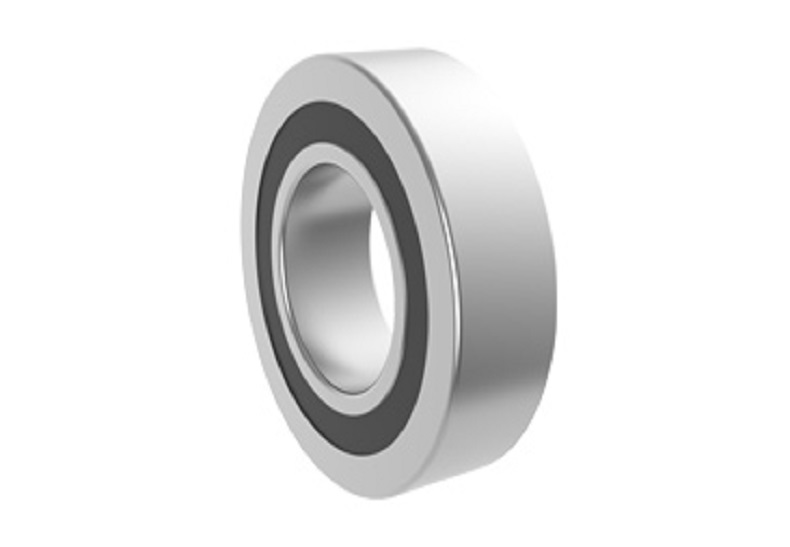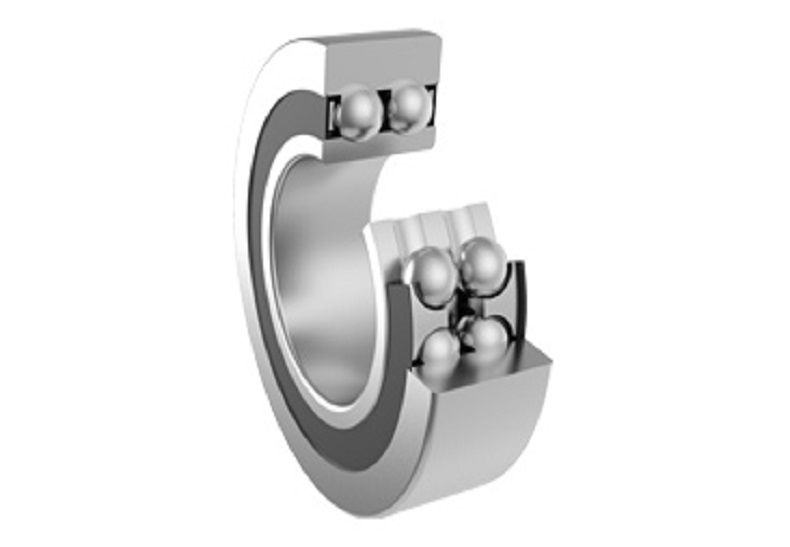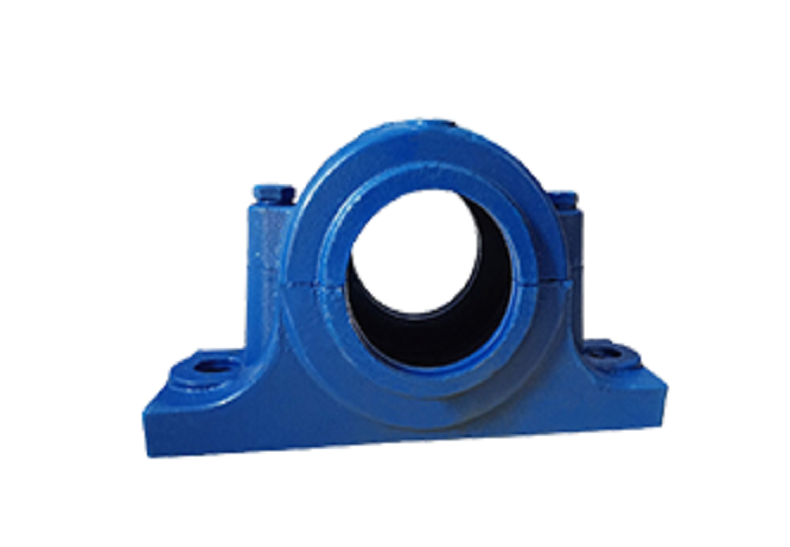What Is the Difference Between Yoke Rollers and Cam Followers?
In the world of mechanical motion components, yoke rollers and cam followers are often mentioned in the same breath. Both of these components play important roles in converting rotary motion into linear motion while providing support and controlled movement. However, there are distinct differences between yoke rollers and cam followers. In this article, we'll explore these differences, shed light on their unique features, and help you understand which component might be the right choice for your specific application. So, let's dive in and unravel the distinctions between yoke rollers and cam followers.
Yoke Rollers
Yoke rollers, as the name suggests, are cylindrical rollers with an attached yoke or mounting stud. They are primarily used in applications where high radial load capacity and shock resistance are essential. The yoke, or mounting stud, allows for easy installation and provides stability during operation. Yoke rollers are commonly employed in heavy-duty applications such as track systems, conveyors, and material handling equipment.
Yoke rollers are designed to handle radial loads and are particularly effective in applications with misalignment challenges. The mounting stud enables the roller to follow the track or cam surface accurately, ensuring smooth and precise motion. These rollers are available in various sizes, configurations, and materials to accommodate different load requirements and environmental conditions.
Cam Followers
Cam followers, on the other hand, are specialized followers that follow the contours of a cam or track surface. They consist of a stud or shaft, a roller or needle bearing, and a follower body. Cam followers are widely used in applications that require precise and controlled linear motion, such as automation systems, packaging machinery, and printing presses.
Unlike yoke rollers, cam followers are designed to handle both radial and axial loads. They offer high load-carrying capacity and are capable of withstanding moderate to heavy loads. The follower body ensures proper alignment and smooth motion along the cam surface, allowing for accurate positioning and controlled movement. Cam followers are available in various designs, including stud-type and yoke-type followers, each offering specific advantages for different applications. As one of the most professional cam follower manufacturers, THB Bearings offers high-quality cam follower for various applications.
Key Differences Between Yoke Rollers and Cam Followers
The primary distinction between yoke rollers and cam followers lies in their design and application. Yoke rollers are characterized by their cylindrical roller shape and the attached yoke or mounting stud. They excel in heavy-duty applications that require high radial load capacity and shock resistance, as well as in systems with misalignment challenges.
On the other hand, cam followers are specifically designed to follow the contours of a cam or track surface. They are versatile components that provide precise and controlled linear motion, accommodating both radial and axial loads. Cam followers are often the preferred choice in applications where accurate positioning and smooth motion are crucial.
While yoke rollers and cam followers may seem similar at first glance, they serve different purposes and offer distinct advantages in various applications. By understanding the differences between these two components, engineers and designers can make informed decisions and select the most suitable option for their specific application requirements.














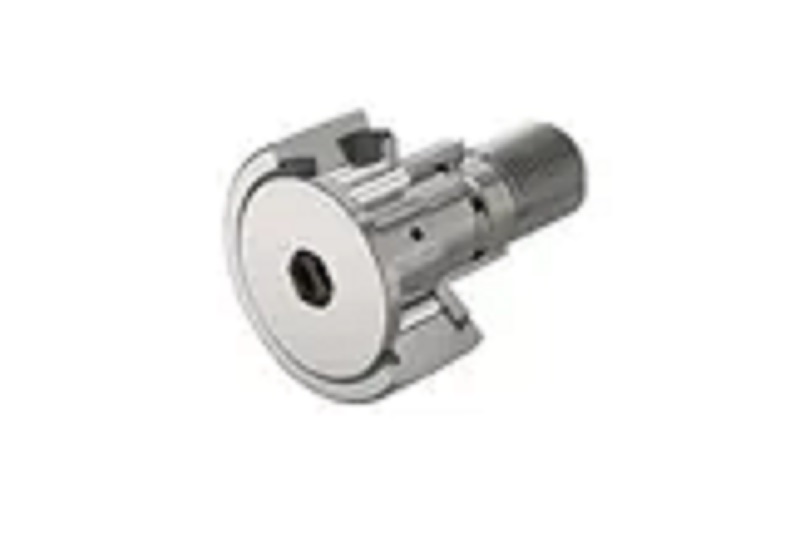
 English
English  français
français  Deutsch
Deutsch  italiano
italiano 


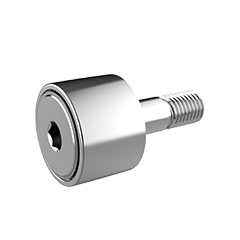
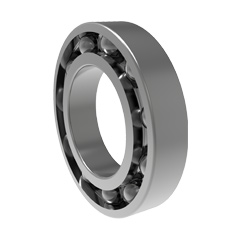
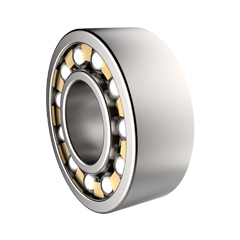
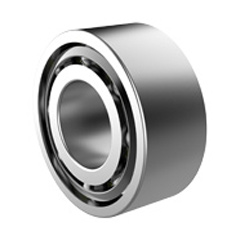
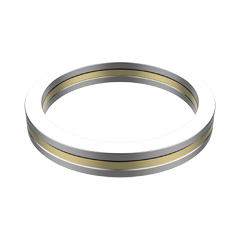
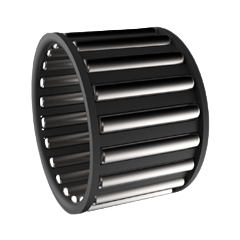
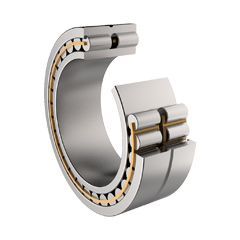
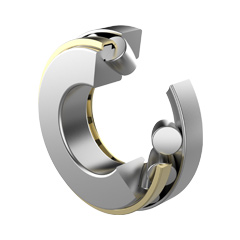
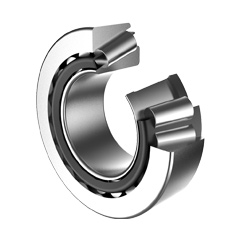
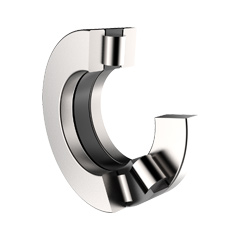
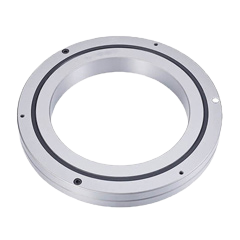
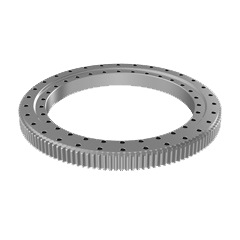
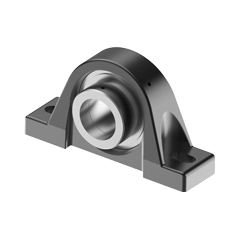
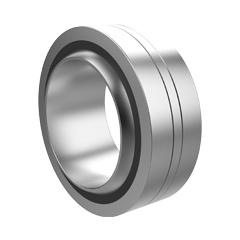

 English
English  français
français  Deutsch
Deutsch  italiano
italiano 

